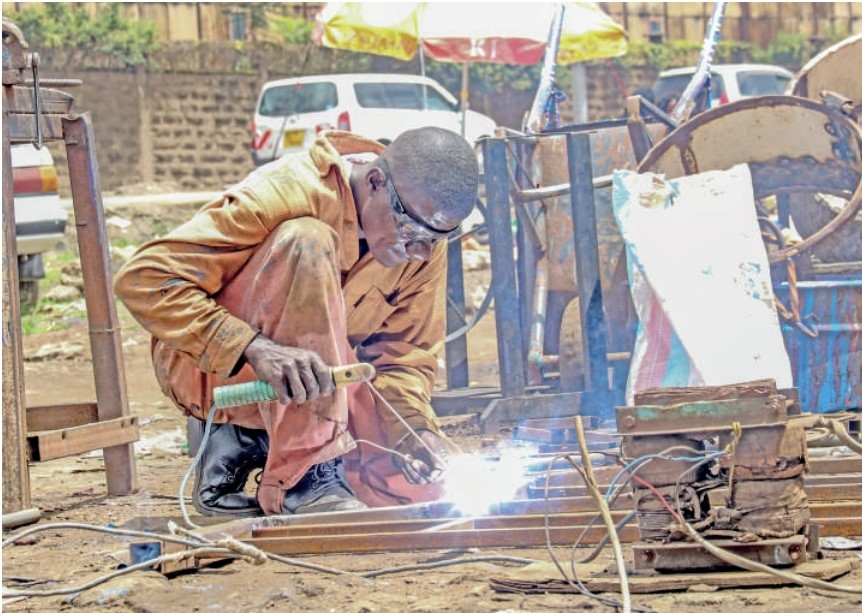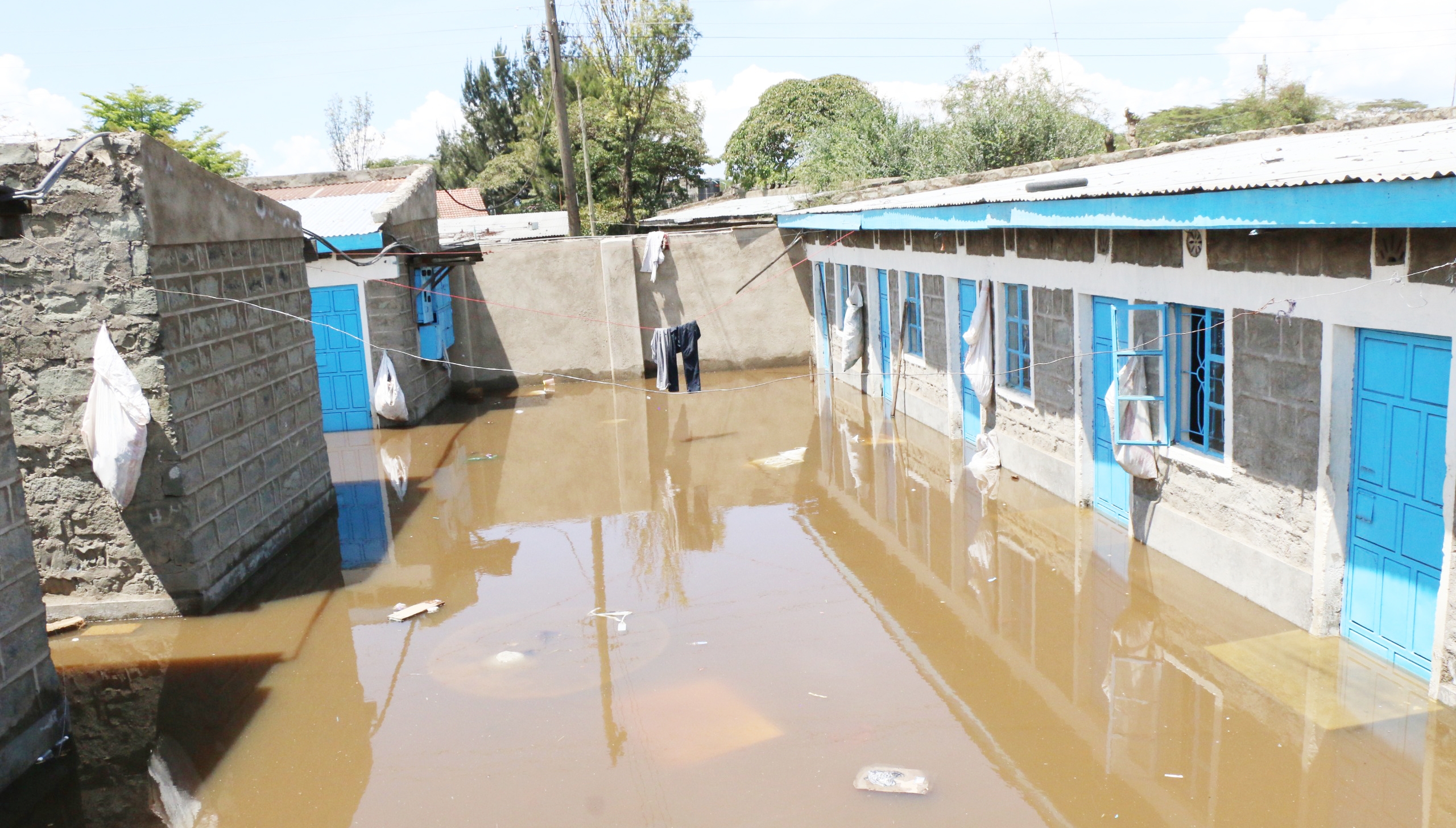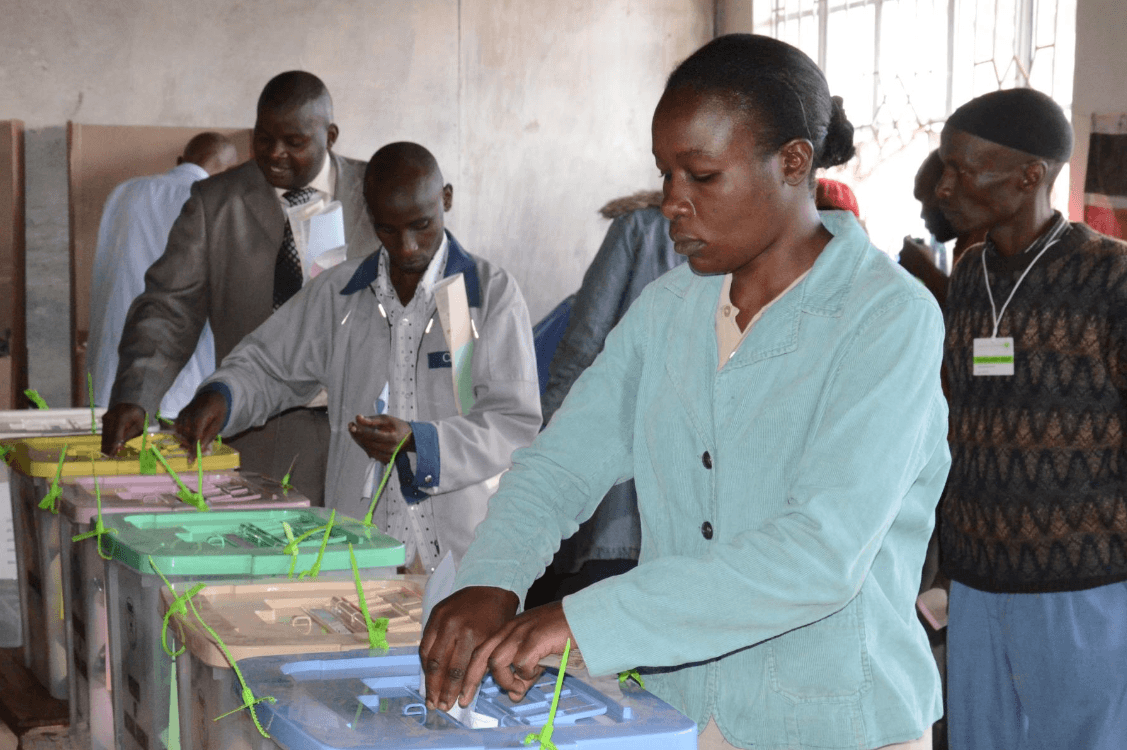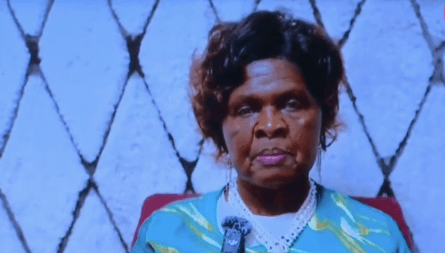When Alphonse Ocholla retired as a high school teacher four years ago, he used his retirement package to turn his house in Namba, just outside Migori town, into a residential premise.
He moved to Bondo, a rural area, and left his urban home to bring in rental income from eight houses, which were fetching him Sh40,000 a month.
All was going on smoothly for the retiree until a Tanzanian investor bought a plot adjacent to him and started leaching gold using sodium cyanide, bringing his dreams tumbling down.
"It started with the water table in the well being erratic, plunging my tenants into shortages. Then the water turned dark with a foul smell, causing rashes and itchy skin and watery eyes with stomach upsets. My tenants left," Ocholla said.
In late April, angry demonstrators blocked the Migori-Kehancha road with boulders to demonstrate against the firm, Forward Agency, forcing the government, through the National Environment Management Authority (Nema), to close it down.
The firm's manager Isaac Mwita insisted they had been following all protocols and said they have never degraded the environment.
Across Western Kenya gold sites, there are rising cases of conflict between locals and mining sites over environmental degradation, as sodium cyanide is quickly replacing mercury as the main chemical for gold extraction.
“We have been fighting for control of mercury in the gold mining sector, especially with artisanal and small-scale miners," said David Maganya, director of iHope Foundation, which campaigns against mercury in the gold sector.
He said sodium cyanide has had a disastrous effect within a decade of its introduction.
A cow that drinks water polluted by sodium cyanide dies immediately, while people experience itchiness in the eyes and skin, and dizziness or fainting
PLAYING WITH FIRE
Maganya said while mercury can only extract 25-50 per cent of gold from ores, with a maximum of 60 per cent, sodium cyanide gives 95-99 per cent extraction, making it profitable.
“Sodium cyanide took root in Kenya in less than a decade,” Maganya said.
“That means all gold tilling or what is left after use of mercury since independence has been having over 50 per cent of gold remaining, just waiting for a new technology.”
Maganya said compared to sodium cyanide, mercury is deadlier but has been tolerated as its effects, like cancer, take a longer time to manifest.
“A cow that drinks water polluted by sodium cyanide dies immediately, while people experience itchiness in the eyes and skin, and dizziness or fainting, which makes sodium cyanide to be most feared,” he said.
Migori county geology officer Joshua Boiwo said the use of sodium cyanide and technology comes from Tanzania, where it had been in use for long.
“While the technology is new in Kenya, in Tanzania and other countries like China, India and in Eastern Africa, it has been used for long,” he said.
This has led to a frantic scramble as sodium cyanide leaching sites are often quickly and illegally constructed around gold tillings and next to water bodies, putting lives in danger.
Sodium cyanide is the most efficient and more profitable in mining much lower-grade ore, but is highly toxic when it seeps to water bodies
GOLD RUSH
Charles Odeyi, who manages sites for investors, said, "Where there is enough tilling to sustain a leaching site, we often build one quickly."
Adding, "We work on tilling from an area for six months to a year, and once the area is exhausted, we move on to the next area. This is to avoid government inspection.”
A leaching site must be next to a river or constant water source since sodium cyanide is bought either in pellets or liquid form and extraction done either in heaps or tanks.
“Large quantities of water have to be used for effective leaching. We prefer rivers but when tanks are used, we drill water, which affects those around,” Odeyi said.
In heap leaching, the chemical dissolved in water is pumped through huge heaps of gold ore to dissolve the gold which is collected in ponds, while in tank leaching, which can be done in an urban set-up, small tanks are used.
James Siagi, the Migori Nema officer, said, “Sodium cyanide is the most efficient and more profitable in mining much lower-grade ore, but is highly toxic when it seeps to water bodies.”
To mitigate against this, the government has been ensuring heavy plastic dam liners are used to prevent seepage in water bodies and the chemical is dissolved in lime to reduce its toxicity before a site is decommissioned.
“A leaching plant or system should be close-circuit to prevent seepage. Sodium cyanide is threatening because its effect is immediate,” Siagi said.
A case in point was on September 22 last year, when 15 cows died after drinking water from a stream in a village next to a leaching site: Kowuor village in Nyatike constituency.
The previous night, villagers said a heavy downpour made sodium cyanide seep from the site to the water.
Patrick Mukhule, chairman of the Artisanal and Small-Scale Miners Association, said similar cases have been reported in Siaya, Narok and Kakamega gold sites.
“Because complaints of sodium cyanide poisoning are not dealt with properly by the government, most victims can easily be lured by payment from firms in cash, especially when they complain,” he said.
SMUGGLED FROM TANZANIA
A report by Global Initiative Against Transnational Organised Crime said the chemical is mostly smuggled from Tanzania.
The report is titled, ‘Sodium cyanide in Kenya’s gold market: Controlling a toxic chemical in the context of criminality and corruption.’
“Tanzanians have a chokehold control on cyanide, mercury and sulphuric acid routes in gold mining in Kenya,” it said.
“They have managed to evade all taxes to be paid [by using] smuggling routes. A tonne of cyanide is between Sh400,000 and Sh500,000 [US$3,400–US$4,300].”
The report said the chemical is always smuggled in drums concealed In mini-vans or in foodstuff like rice, putting lives in danger.
John Jobando, a gold trader who owns a leaching site in Wagusu, Bondo subcounty, said sodium cyanide use is a game-changer.
The government should employ more staff in geology and Nema departments to ensure rules which list the chemical as a poison are followed.
These are the under the Pharmacy and Poisons Acts and the Environmental Management and Co-ordination Act.
“Sodium cyanide should be transported in openly marked vehicles according to the law, and decommissioning a leaching site adhered to. With enough regulation, we will have a thriving sector,” Jobando said.
He said lack of regulation, partly caused by few government officers to regulate the sector, has seen Tanzanians and even Chinese nationals involved in the leaching process, hence pushing out genuine Kenyan firms.
“In Migori, for example, only three geology officers are manning Migori, Homa Bay, Kisii, Nyamira and parts of Narok counties, which makes regulation to be hard,” Odeyi said.
“Sometimes the government is alerted long after we have left a site.”
He said getting a leaching site to be licensed takes a long time, about two years, the same time it can take an illegal leaching site to finish leaching in an area.
Siagi and Boiwo said despite being understaffed, they always work with multi-agency government teams, including the police, to regulate leaching sites and give notices to illegal sites.
“We often do reports, offer guidelines to regulate leaching sites and close illegal ones. To enforce such orders we always work with security, so despite the challenges, we are managing,” Siagi said.
















![[PHOTOS] How ODM@20 dinner went down](/_next/image?url=https%3A%2F%2Fcdn.radioafrica.digital%2Fimage%2F2025%2F11%2F99d04439-7d94-4ec5-8e18-899441a55b21.jpg&w=3840&q=100)
